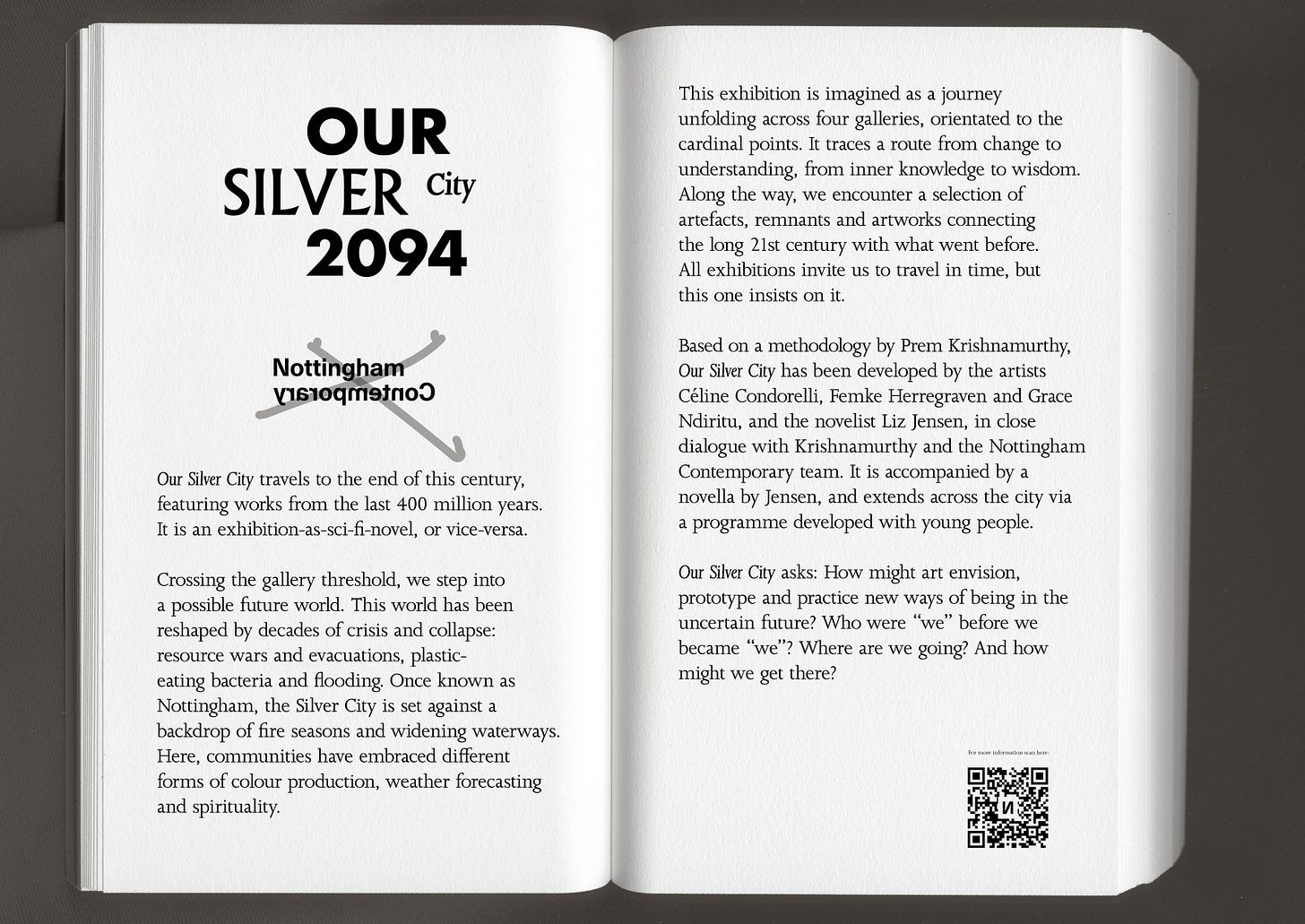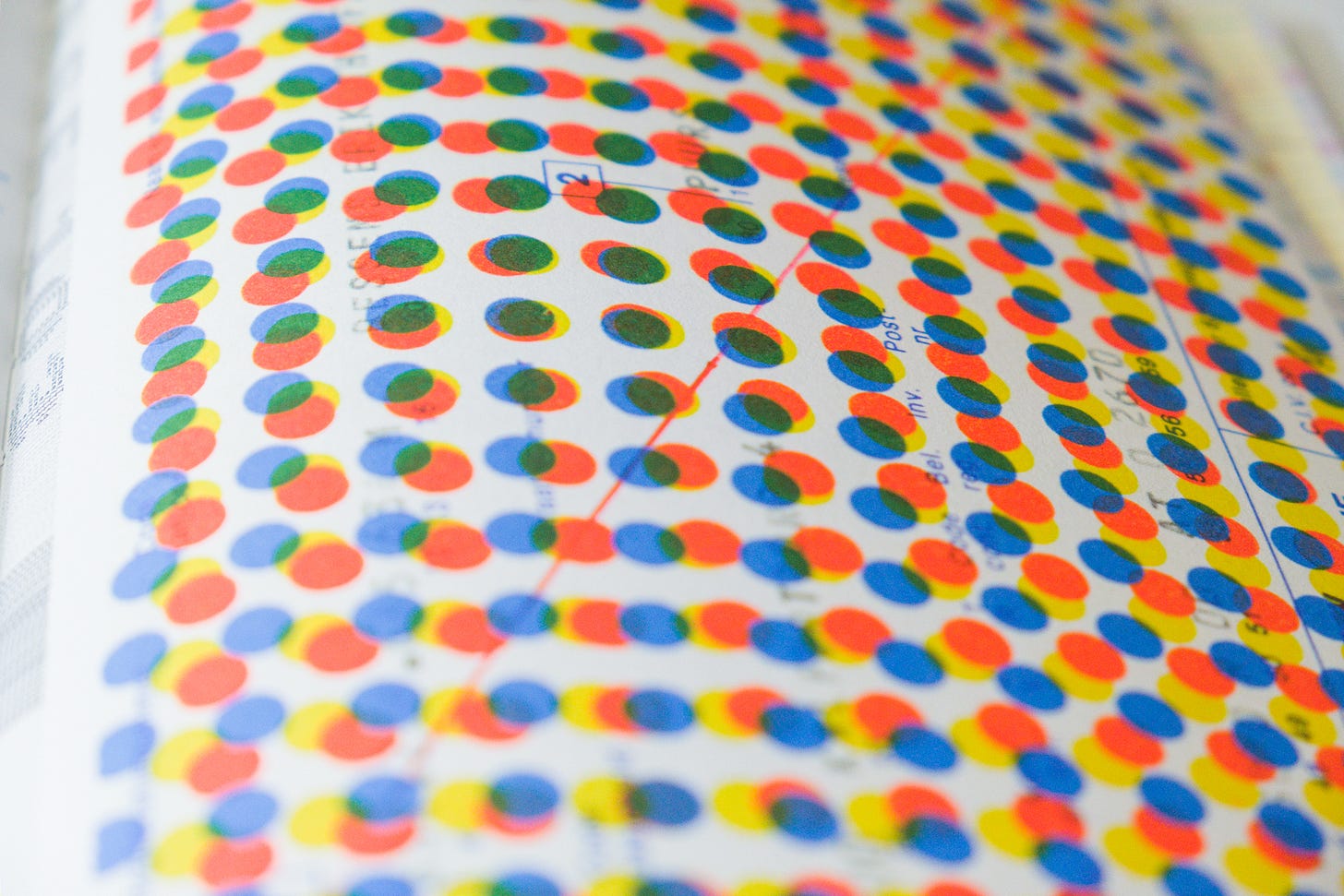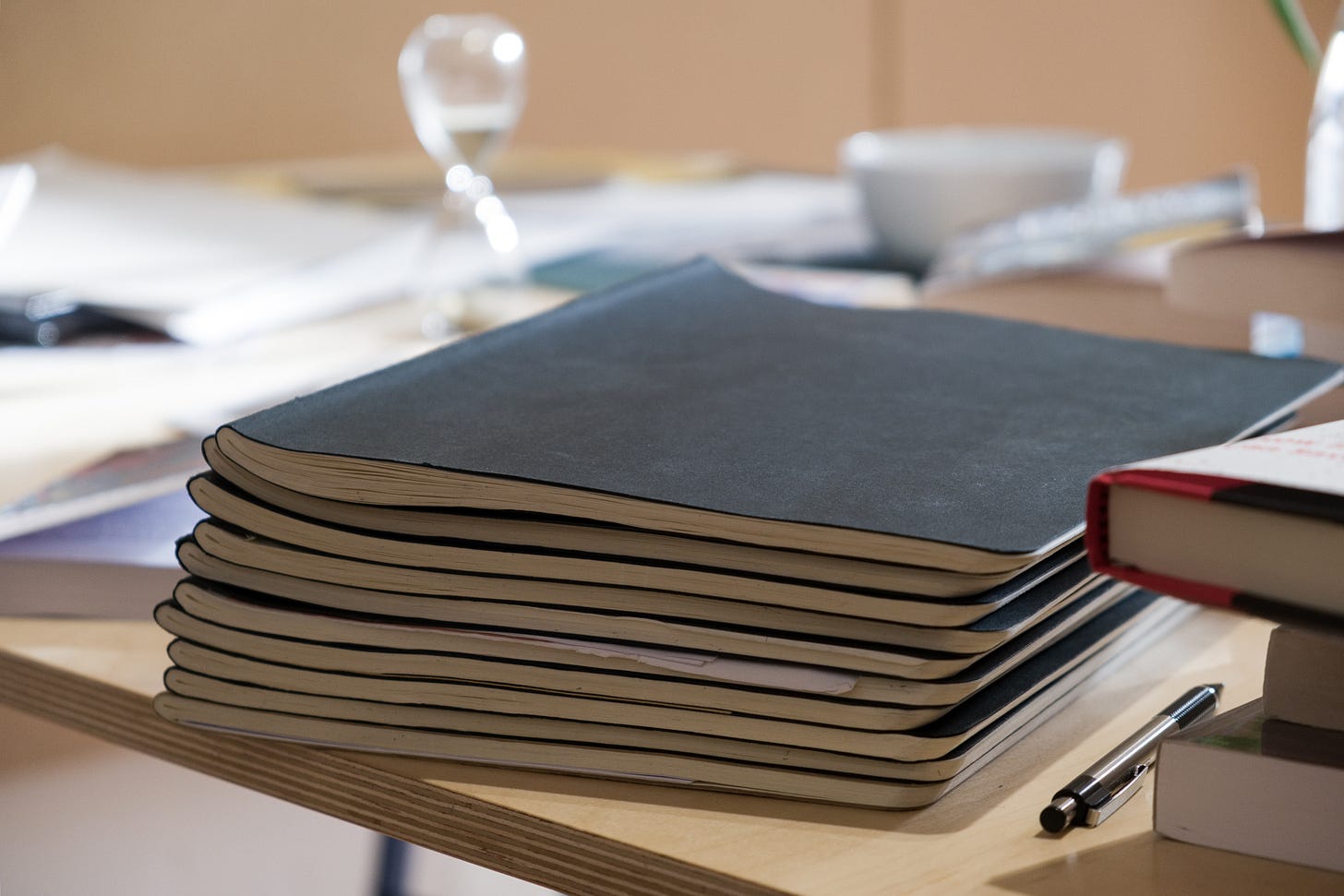Looking backwards to look forward
Year-end reflection on recent projects and publications, as well as useful tools, albums, books, and more
Dear friends & loved ones, the world apart,
What a year! It seemed like we were through the worst, but now it looks like there are still bumpy times to come. With this in mind, I’d like to close out 2021 with some recent reflections and references to prep for the winter months ahead.
This mail marks one year of on-again, off-again missives. As you may have noticed, the past several editions address recurrent questions: How might we redesign the ways that different people work and learn together? What strategies for individual and collective transformation can be practiced everyday? How can art and design help us to share joy with others?
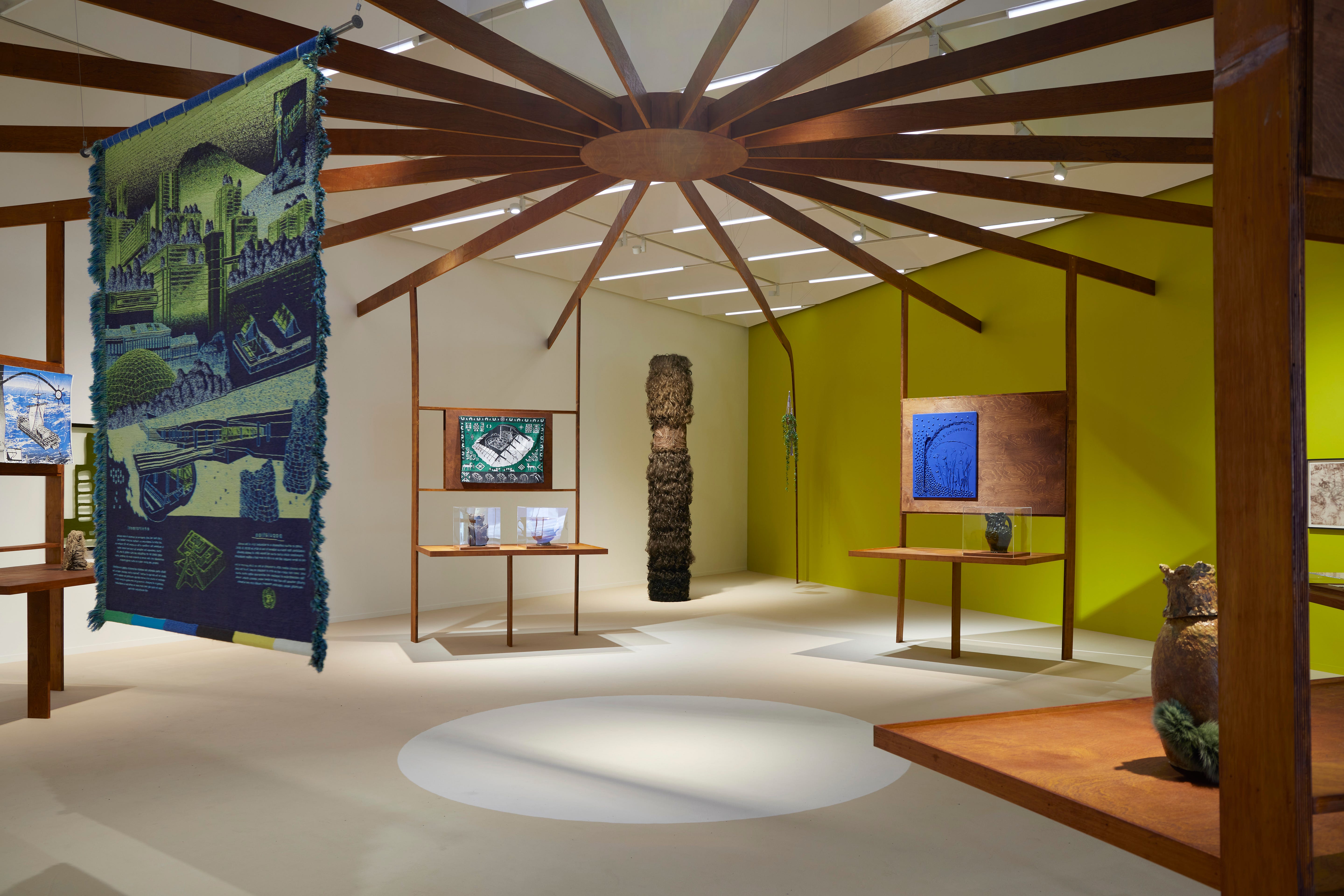
The largest-scale and longest-term response to these questions recently landed at Nottingham Contemporary: Our Silver City, 2094, an exhibition set at the end of this century, featuring works from the last 400 million years. It was developed by artists Céline Condorelli, Femke Herregraven, and Grace Ndiritu with writer Liz Jensen, in collaboration with the incomparable Nottingham Contemporary team. Building on a speculative methodology in process since 2018, the project synthesizes years of thinking about exhibition making, collaborative methods, fiction writing, and future planning. The core intent was to bring together people who don’t know each other to prototype collective ways of making exhibitions that can speak to our looming contemporary crises.
Now that the show is open, I can admit that it sometimes felt like one of the most difficult projects I had ever initiated. Working with a new group of people on an ambitious, multi-year project with a non-normative approach amidst the backdrop of a global pandemic and extreme personal changes was challenging, to say the least. In order to complete the project, I had to learn new tools for facilitation, conflict mediation, improvisation, and more.
Yet the results of this complex group effort have been—for me and hopefully for others—commensurately transformative. Available in print and digitally, Liz Jensen’s experimental novella—speaking in myriad voices from 2033 to 2094 to profound loss, destruction, and regrowth—is both visionary and moving. The exhibition itself offers a richly interwoven set of experiences that can best be felt in person through April 2022. Adrian Searle’s glowing review in The Guardian captures its spirit: “There’s an overriding and infectious air of collaboration. … Our Silver City feels full of hope, vitality, energy and creative spark, and doesn’t take itself too seriously, however real the approaching calamity.”
In these troubled times, interdependency has been a key term for me. My experience of the pandemic has made it ever clearer how essential the support of others—my family, friends, loved ones, as well as countless interlocutors—has been to my artistic, emotional, and financial survival. Here, I’d like to give a heartfelt word of thanks to all of the collaborators, commissioners, colleagues, and co-conspirators from 2021. It’s been a privilege to overlap with each and every one of you. Please stand up and take a bow, wherever you are!
In October, I had a chance to sketch out some thoughts on interdependence in an extended reflection on the work of my dear friend and mentor, octogenarian Karel Martens. Invited by Kunstinstituut Melly to contribute a keynote talk on Karel, I chose to explore how his work—sometimes framed as an “independent” practice—is instead a case study in collaboration at multiple scales: with his family, students, and other designers; with commissioners and existing contexts; and even with paper, ink, and printing materials themselves. The talk also delved into the entangling of my professional path over the past decade in supporting and presenting his work. It’s an homage to a truly remarkable human being, from whom I learn every day. You can watch a recording of the lecture, Dear Karel: On Design and Interdependence, or download the PDF score for the talk here.
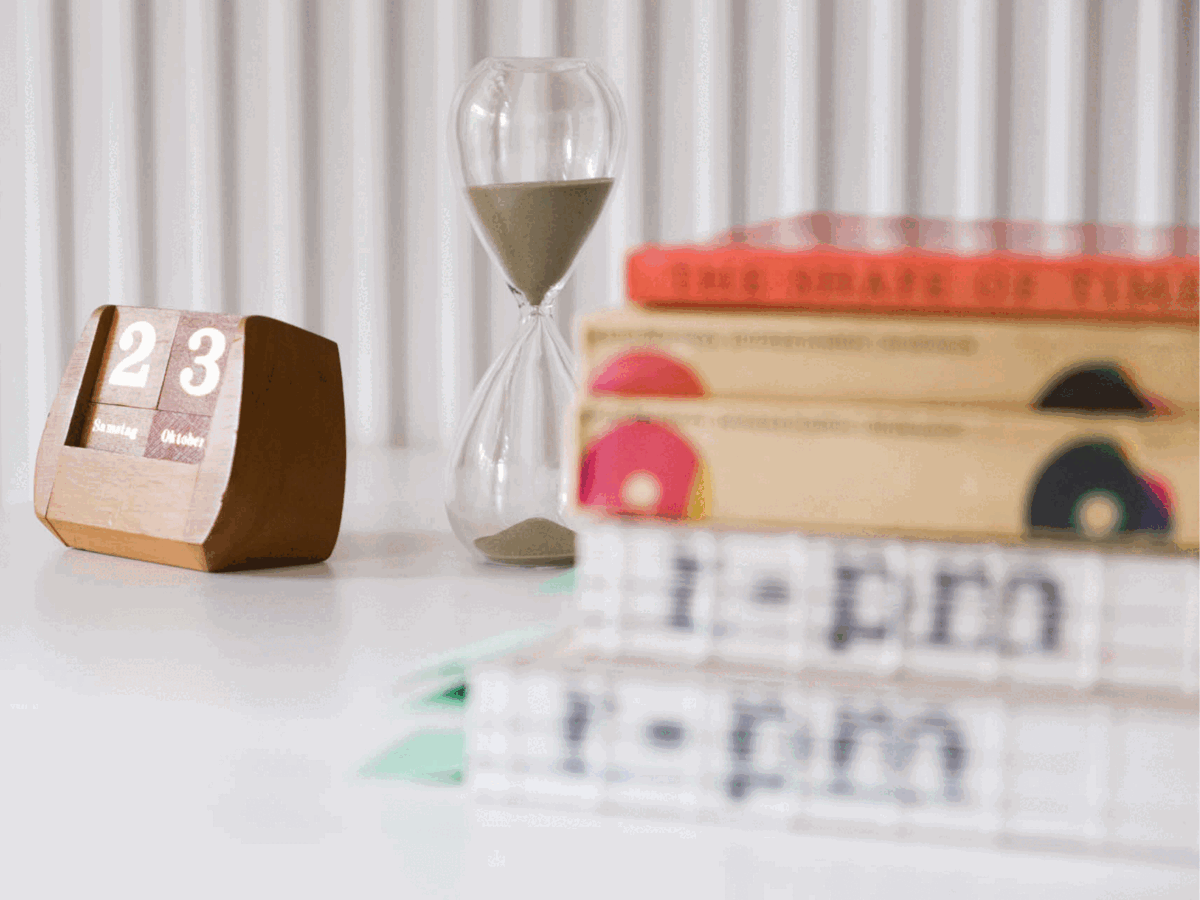
Dear Karel represents the completion of a quiet goal I set myself this past year: to publish a trilogy of “P!DFs”, each a 108-page digital foray into interior and exterior realms. Commissioned by three different institutions, these publications—including the previously released Pompeii! and Polymorph!—are experiments in integrating writing, photography, and design in an open-ended format. They form the basis for recent performance prototypes and more. Feel free to leave comments on the PDFs! My hope is that they can serve as tools for others while also gesturing towards future modes within my own practice.
Keeping to my year-end ritual of reviewing notebooks, I am reminded of how privileged I have been to articulate specific goals and work towards them. Yet this inevitably points out how much there is still to learn. I have not yet sat down for a full-on “retrospective” yet (although, when I do, I plan to try out Year Compass, a free tool for self-reflection kindly recommended by Steph Arrowsmith), but I know already that there are some new goals on the horizon for 2022. These include deepening my individual meditation practice with help from others. I’m trying to kickstart this through “Mindfulness Meditation for Creative People”, a six-week online course offered by poet, curator, and artist Anaïs Duplan, as well as by reading Thich Nhat Hanh’s classic The Miracle of Mindfulness. On the collective front, I’d like to continue to learn new methods to community building. Right now, I’m curious to explore the work of Teddy Taptiklis in New Zealand. His “Entangled Bodies” project offers a simple protocol for small groups to learn about themselves and each other. You can read a fascinating introduction to his thinking here.
I know such tools will come in handy soon. The coming year promises to be both generative and challenging, as it will finally see the launch of Oh, Gods of Dust and Rainbows, the second edition of FRONT International, the Cleveland triennial of contemporary art. Together with the team in Ohio and abroad, I’ve been working on this project for the past three years since 2019. In October, we opened our preview show, Grand Prototypes, Humble Tools, which offered an early glimpse of the Triennial’s approach and ambitions. As Steve Litt wrote in the Cleveland Plain Dealer, “The preview show tries to bridge a cultural divide by dismantling the idea of art as a rarefied activity undertaken by geniuses elevated far above their audience. … The show stresses that art can be made from just about anything. And it invites visitors to think about how they could transform their life and jumpstart their own creative practice.”

January marks the decisive phase of the triennial, as we begin to roll out newly-commissioned projects. FRONT will continue to gather momentum towards 16 July 2022, the opening of the main exhibition featuring more than 70 artists across over 20 venues in Cleveland, Akron, and Oberlin. We’ll be announcing the participating artists, presenting partners, and other info soon; if you’re curious to hear more, I invite you to sign up for the FRONT newsletter. Note that the triennial will take all of my attention for a while, so please bear with me if I am slower on email. On the other hand, if you find yourself in Ohio this spring/summer, do drop us a line—we will be around and hard at work!
As the year (and this much longer-than-anticipated email!) comes to a close, I’m left thinking as always of thinkers and makers whose work resonates with me.
John Coltrane, A Love Supreme: Live in Seattle: The release of this archival recording from 1965 a couple of months ago was one of the most momentous aesthetic and spiritual experiences of my 2021. For many people, A Love Supreme counts as more than mere music; it’s a kind of religion, as this short NPR documentary on the Church of St. John Coltrane in San Francisco reveals. The original recording is surely the album I’ve listened to the most in my life. While tuning in to this newly released live version, I realized that most of what I know about art springs from my early experiences of playing music. The album’s powerful arc—which moves through pain and rage to meditation and transcendence in turn—shows how art’s potential to awaken joy is rarely an easy pleasure, but rather embodies a complex path through hardship towards clarity.
Julietta Singh, The Breaks: This one was completely new to me: simply a well-designed and typeset paperback in Camden Art Centre’s bookshop that caught my eye. It had me from the start. Singh’s unique and moving book is written as a letter to her young daughter addressing race, gender, ecology, and generational trauma. It moves seamlessly between heady and intimate reflections, ruminating on structures of cultural oppression, without trying to be exhaustive. It’s a book I devoured in a handful of days and now want to give to every friend trying to create kinship and family in today’s fractured world.
Matthew Crawford, Shop Class as Soulcraft: Although I take issue with some of this book’s unquestioned gender biases, this 2009 bestseller offers meaningful insights into the value of craft and repair in terms of embodied knowledge, in contrast with the alienated labor and throwaway consumption of contemporary capitalism. I found myself underlining many sections for inclusion in future performance-lecture-publications (while also “correcting” the book’s pronoun usage at times). It contains a number of insights that I will take into the final month of teaching at Hochschule Düsseldorf, as my students consider the craft of typography and its possibility as a healing medium.
Melody Jue, Wild Blue Media: This one’s another new title for me, introduced by Lukas Malte Hoffmann and Benjamin Forster from the virtual rerererererereading group. While I only made it to one of the weekly meetings (damn you, Earthly time zones!) the book and its ambitious premise—to upend the terrestrial metaphors that inhabit most academic thinkers’ approach to the world and instead use the experience of swimming underwater as a new metaphor for recentering our thinking and acting—feels exceptionally timely.
Last but not least: I recently revisited David Brazier’s The Feeling Buddha, a book on the basic tenets of Buddhism and their connections to psychotherapy. It was gifted to me seven years ago on my birthday by a dear childhood friend, Gautam Srikanth, to persuade me of the value of meditation. When I first started it, I was skeptical—I had scant experience with Buddhism, although quite a bit with therapy. Its primary argument is that a close examination of the Buddha’s life suggests that his goal was never to eliminate dukkha (suffering), but rather to accept it as an integral component of a meaningful, noble life. While rereading the book now, I notice my fervent annotations in the margins, suggesting its strong influence upon me the first time around. Enlightenment as a (bumpy) path, not as an end—a new mantra for the New Year?
To close: In the spirit of the holidays—when hopefully some of you have the opportunity to enjoy the comforts of home—I’ll leave you with a final treat. It’s a well-worn recipe by my mom (with my annotated ingredients list) for “Chole (or Universal sabji)” that was published in Issue 14 of The Third Rail. Her instructions are deliciously imprecise: “Now add your chole masala (or any other masala you can lay your hands on).” I suggest you print it out, tape it to the wall, and test it out in your kitchen! I’d love to hear how it tastes to you.
Hugs from here and wishing you all a happy New Year!
Prem


